I've got a few LM741 op-amps that I purchased by accident months ago, but now I'm in a situation where I believe they may be useful.
What I want to do is convert a positive voltage to the exact equal output, but as a negative.
So, if my input is +2.2v, I want the output to be -2.2v (actually the ranges are 0-0.237v). I have read quite a bit on how op-amps work, but a lot of the details go quite a bit above my head and quickly go beyond my understanding when I research what I'm trying to achieve.
It looks like I need to wire it as an "inverting amplifier" which I do understand how to do, but I don't know exactly what is required to ensure the output is exactly the same as the input, but reversed polarity.
My question is whether someone could possibly point me in the right direction as to how to achieve what I'm attempting to do (if possible with the chip specified).
